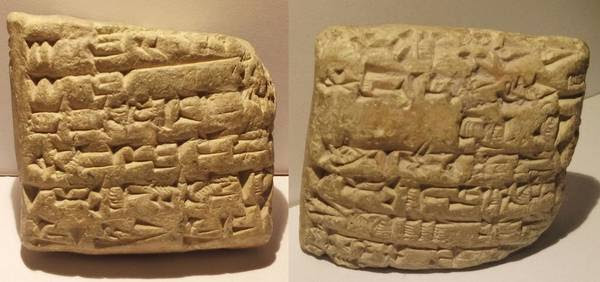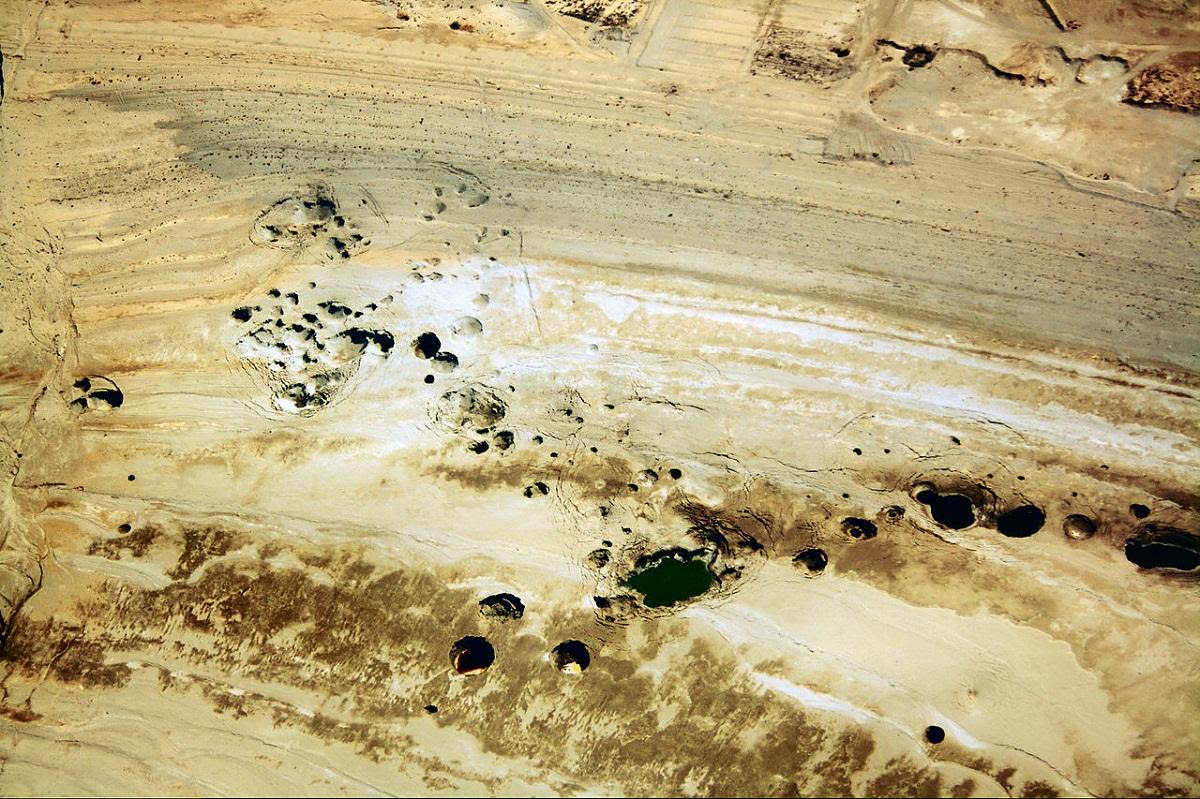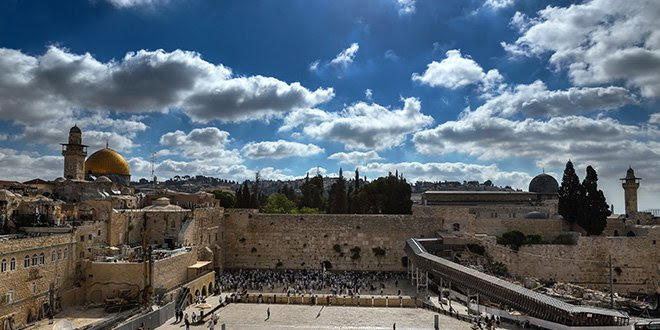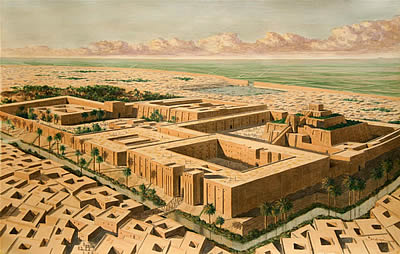Abraham is considered the main patriarch and founder of monotheistic religions. The Book of Genesis first mentions the name Abram which later becomes Abraham, meaning father of a multitude of nations, he is called Ibrahim in the Koran. Archaeological research has brought to light 10 important discoveries related to the existence of Abraham:
The Temple Mount: corresponds to Mount Moriah where Abraham went to offer his son Isaac as a sacrifice to the Lord. A rocky outcrop of the Mount remains visible under the Dome of the Rock in Jerusalem. King David built an altar on Mount Moriah, then called the threshing floor of Aravna, to stop the plague, then the First Temple was built by Solomon, then Zerubbabel built the Second Temple before its destruction in 70.
The enclosure of Abraham : located in the Negev, the name enclosure of Abram is mentioned on a wall of the Great Temple of Amun-Ra at Karnak and corresponds to one of the places conquered by the pharaoh Sheshonq I who invaded Judea and Israel in 926 BC.
The Tomb of the Patriarchs: located in Hebron, the cave bought by Abraham contains the tombs of Sarah, Abraham, Isaac, Rebekah, Leah and Jacob. The enclosure was built under Herod the Great between 47 BC and 4 AD.

The Mari tablets: Mari was the capital of the Semitic people of the Amorites around 1.790 BC. The cuneiform tablets were discovered there, and they give information about life at the time of Abraham. They mention for example the withdrawal of the birthright to the son of a concubine when the first wife gives birth to a son afterward, and two cities linked to the life of Abraham, Nahur and Charan.
The representation of merchants in the tomb of Khnumhotep II: this is a painting of thirty-seven Asian individuals from the Sinai region travelling to Egypt to trade, dating from the time when Abraham and his family migrated between Canaan and Egypt.
The domesticated camel caravan: the use of domesticated camels from 3000 BC onwards has been confirmed by various researchers, suggesting that Abraham may also have had a camel caravan as indicated in the Scriptures.

The Battle of Siddim: In this battle, which pitted a coalition of four city-state kings against a coalition of five kings in a valley south of the Dead Sea, Abraham’s nephew Lot was captured and then freed by his uncle.
The Gate of Tel Dan: Abraham rescued his nephew Lot from kidnappers at this gate located at Dan in northern Israel. Built in the 18th century B.C., a remnant is still visible in the city.
The city of Haran: Abraham settled in Haran also called Harran after leaving Ur. The city is located in Turkey in a plain of a tributary of the Euphrates, it is known for its houses in the shape of conical hives characteristic of Mesopotamia.
City of Ur
The city of Ur: There is no consensus on the location of Abraham’s birthplace, Kasdim in Hebrew. Remains of a city of Ur have been found in Anatolia in the Turkish city of Urfa and near the Persian Gulf in Iraq





Comment here